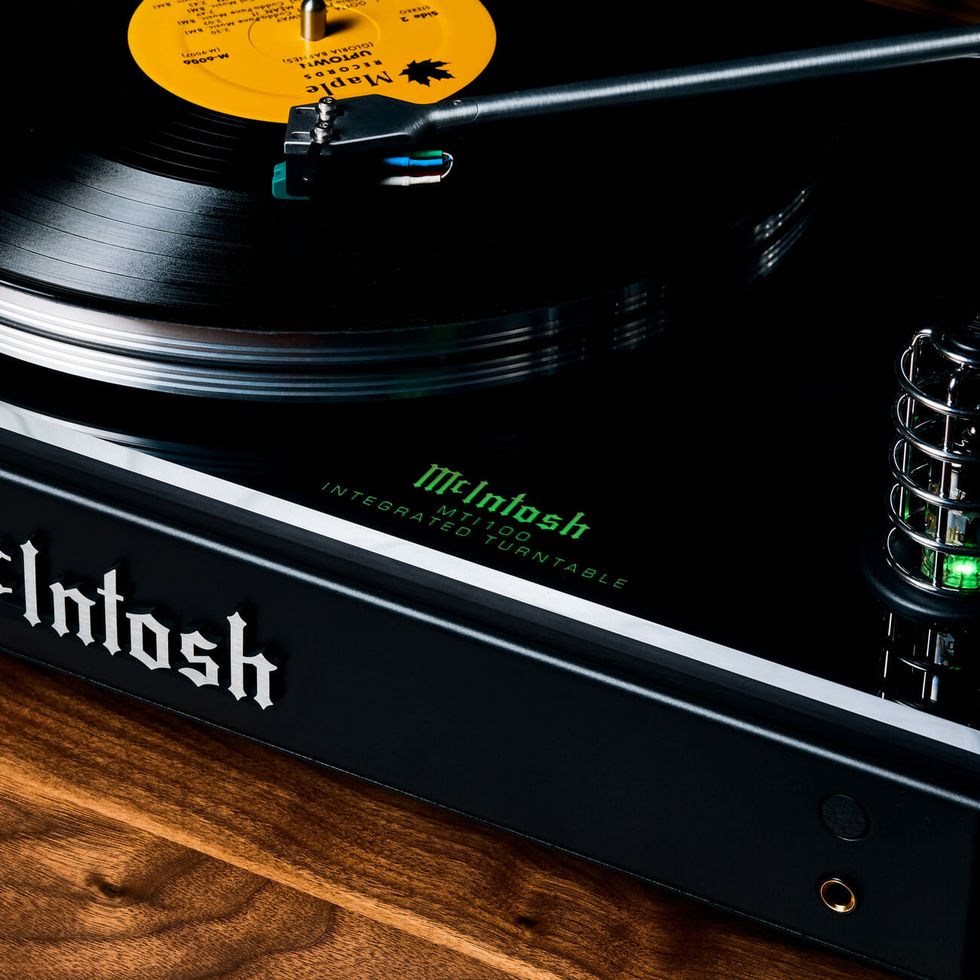Typically a TV setup like this has a best case life of 6-12 months outdoors. You see, even protected from rain by an awning or gazebo, condensation is a killer. Over time, the morning condensation starts corroding the internal components and eventually something stops working.
What happens if you use a regular TV outside?
Can’t you just use a normal TV outside? Unfortunately, using a regular TV outside will eventually break it. Even under an overhang, the TV will be exposed to weather, humidity, and elements that will damage the internal components and void most manufacturer’s warranties.
Is there a difference between indoor and outdoor TV?
One of the biggest differences between indoor and outdoor TVs is their brightness and interference with sunlight on the screen. The typical indoor TV has a NIT count of 250 to 350. One NIT is equal to one candela per square meter of the TV’s LED screen. A TV rated for outdoor use ranges from 1,000 to 2,500 NITs.
How do I Weatherproof my TV outside?
- Create A Shade. Direct sunlight can have a harmful impact on your electronics, so it is ideal to keep them in shade.
- Get A Weatherproof TV Cover. Since the TV will be left outdoors, it is best to find an outdoor TV cover for it.
- Clean It Regularly.
- Use Weatherproof Cables.
- Choose a Weatherproof Mount.
- Make a TV Case.
How can I protect my indoor TV outside?
If you don’t have a covered patio to protect your indoor TV from weather and sun, a wall mounted lockable weather resistant outdoor TV cabinet will be your best bet. If you don’t need quite the same protection as the cabinet above, then a zip-up skin cover to put over the TV will also work.
Do I really need an outdoor TV?
We understand why people want to use a standard indoor TV in an outdoor application, but we recommend against it. Ultimately, YES, you DO need an outdoor TV designed for outdoor use.
Do you really need an outdoor TV for a covered patio?
Even if you live in an ideal weather environment and your space poses no risk of damage from roughhousing or backyard sports, indoor TVs are simply not designed for more than brief outdoor use, especially because their AV connections (HDMI inputs, USB ports, and the like) are open and exposed to the elements (read: …
Can you use an indoor TV on a covered porch?
You absolutely can have a TV on your screened porch and it doesn’t need to cost a fortune. Find a wall within your porch where the TV will not be placed directly in front of a screen. This allows you to use an indoor TV which is more reasonably priced than one that is rated for outdoor use.
What type of TV can be used outside?
The Samsung The Terrace is the best outdoor TV we’ve tested. Unlike most TVs on this list, it’s designed for outdoor use with protection from the elements. It’s very well-built, with a unique design and IP55 dust and water resistance to protect it from rain or other outdoor elements.
Is it bad for a TV to be outside in the cold?
An LCD or LED TV may not perform well under extreme temperature conditions. In the cold, the response time of an HDTV picture may lag. For this reason, many LCD and LED television manuals will specify a safe-operating-temperature range. In most HDTVs, this range is about 50–90°F.
What TV is best for cold weather?
LEDs work best in cold temperatures because less thermal stress (changes in temperatures) is put on the components. Thus, they remain unaffected by cold ambient temperatures and are able to turn on instantly.
How do I make my TV an outside TV?
- Pick an Appropriate Location. One essential factor to consider is where you want to place your outdoor TV setup.
- Choose an Outdoor Rated TV.
- Create a TV Cabinet Enclosure For Extra Protection.
- Choose Between a Wired or Wireless Cable Setup.
- Add Speakers for Loud Volume Control.
Can a TV be left outside in the cold?
An LCD or LED TV may not perform well under extreme temperature conditions. In the cold, the response time of an HDTV picture may lag. For this reason, many LCD and LED television manuals will specify a safe-operating-temperature range. In most HDTVs, this range is about 50–90°F.
Can TVs be stored outside in the cold?
LED TVs can be stored in cold weather as long as it’s not in use. Samsung recommends that their LCD TVs are stored at temperatures ranging from -4° to 113° Fahrenheit. Sony says that their televisions can be placed in storage between -4 to 140 degrees Fahrenheit and between 20-90% Relative Humidity (RH).

